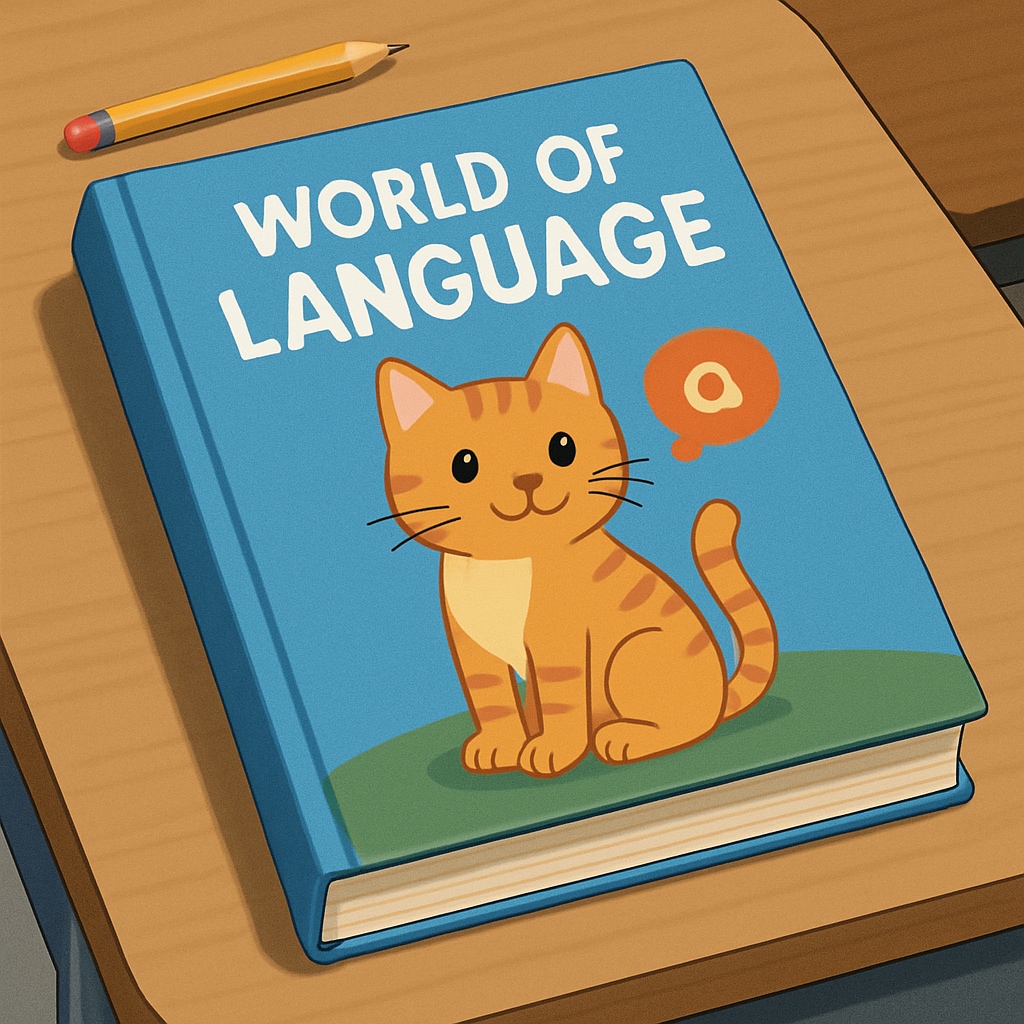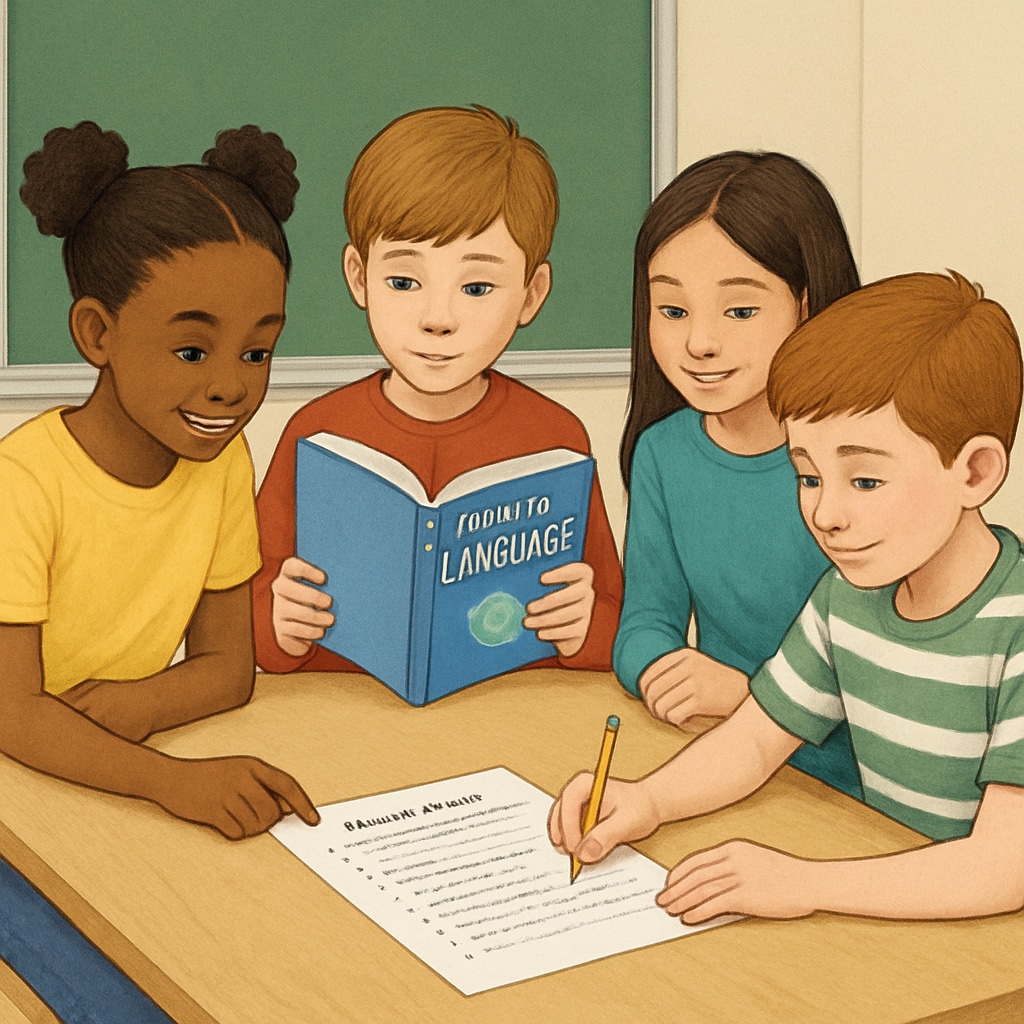For many of us, the “World of Language” textbook series, particularly the third-grade edition adorned with its charming cat cover, remains a nostalgic cornerstone of our early education. This小学语言教材,科学阅读(英文) stands out as a masterpiece of linguistic instruction, combining systematic structure, engaging content, and a subtle artistry that modern digital resources often struggle to replicate. In this article, we’ll revisit the magic of “World of Language,” explore its educational approach, and consider its enduring relevance in today’s fast-paced, tech-driven learning environment.
The Educational Artistry of “World of Language”
At first glance, the “World of Language” textbooks might seem like just another set of school materials. However, a closer look reveals a carefully crafted tool designed to nurture not just language proficiency but a love for learning itself. The third-grade edition, with its iconic cat cover, represents this philosophy perfectly. Its chapters were interwoven with stories, exercises, and illustrations that appealed to young minds.
One key element of its design was the balance of systematic learning and creativity. Each lesson built on the previous one, ensuring a strong foundation in grammar, vocabulary, and sentence structure. At the same time, the inclusion of short stories and poems encouraged imagination and critical thinking. These elements combined to create a cohesive learning experience.
For those who grew up with this textbook, flipping through its pages today would likely evoke memories of challenging grammar puzzles, vivid illustrations, and endearing characters. Its pedagogical brilliance lies in its ability to make these lessons feel less like work and more like an adventure.

Lessons in Structure, Depth, and Engagement
Unlike many modern resources, which often prioritize speed over depth, “World of Language” emphasized a layered approach. Each lesson aimed at mastery, encouraging students to revisit and reinforce skills they had learned. This systematic progression is a hallmark of effective education, as it creates a strong foundation for more advanced learning.
Another standout feature was its focus on engagement. The exercises were never dull. Instead of repetitive drills, students were challenged with creative writing prompts, storytelling activities, and group discussions. This interactive approach ensured that the material felt relevant and meaningful to young learners.
For example, a typical chapter might begin with a short story featuring relatable characters and situations. This would be followed by questions designed to test comprehension and encourage deeper reflection. Grammar rules and vocabulary exercises were seamlessly integrated into the narrative, making abstract concepts more accessible.
Such methods are increasingly rare in today’s digital learning materials, which often favor flashy visuals over substantive content. Yet, as “World of Language” demonstrates, true engagement comes from understanding the learner’s perspective and crafting materials that resonate with them.

Relevance in the Modern Educational Landscape
As we navigate the age of digital learning platforms and AI-driven educational tools, the “World of Language”系列小学语言教材,科学阅读(英文) offers valuable lessons. While technology can enhance learning, the core principles of good education—structure, engagement, and depth—remain unchanged. This classic series reminds us of the importance of human-centered design in teaching materials.
Moreover, the emphasis on narrative and creativity in “World of Language” aligns with modern research on effective learning. Studies have shown that storytelling improves memory retention and fosters critical thinking skills. By combining narrative elements with rigorous grammar instruction, the textbook achieved a balance that is still relevant today.
In addition, the textbook’s tangible, physical nature provided a sensory experience that digital tools often lack. The act of flipping pages, underlining key phrases, and writing directly in the book created a deeper connection with the material. While e-books and apps offer convenience, they cannot fully replicate this tactile engagement.
As we look to the future of education, it’s worth revisiting classics like “World of Language” to understand what made them so effective. By blending tradition with innovation, we can create learning materials that honor these timeless principles while adapting to the needs of modern students.
Conclusion: The “World of Language” textbook series represents a golden era of elementary education. Its thoughtful design, engaging content, and enduring lessons have left a lasting impact on countless students. In a world of ever-changing educational trends, its wisdom remains a beacon for educators and learners alike.


